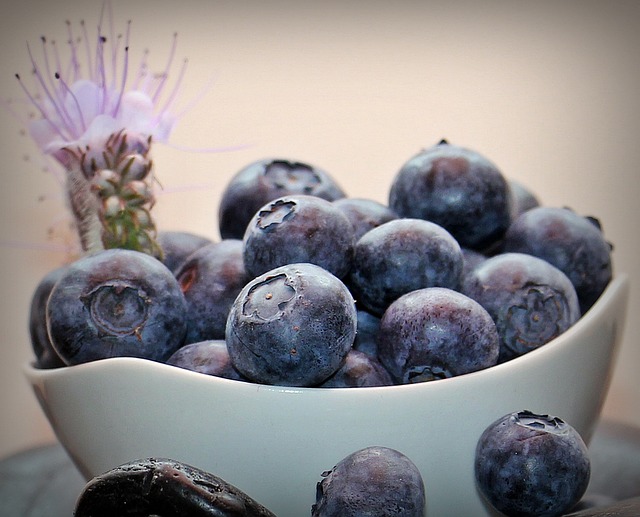Do Blueberries Like Wet Soil?

Blueberries require moisture to continue growing, but they do not thrive in wet soil. Ample soil drainage is required for the growth of productive blueberry fields. Blueberry plants can’t withstand “excessive moisture or wet feet” for an extended period. When it comes to maintaining that moisture balance during the growing season, drip or trickle irrigation may be an option to consider to provide a consistent supply of water to plant roots and prevent the bushes from suffering from water stress. Water your plants regularly.
Table of Contents
Watering Blueberry Plants
Blueberry plants need moist but not always soggy or wet soil to thrive. As a result, make sure the area you plan to plant is well-drained.
When it’s Time to Plant
As soon as you plant your seed or seedlings, you should thoroughly soak your planting area and the root ball with water to at least 6 inches. To boost early root formation and stronger root development, apply a Root Stimulator. Reducing transplant shock and promoting healthier, more vigorous plants are two benefits of using Root Stimulator.
Early On in the Active Growth Cycle
You shouldn’t have to water your newly planted blueberry plants every day if you have average garden soil. Root rot and other plant diseases can be caused by wet or soggy soil, which is more common than not. Only water is enough to keep the rootball and surrounding soil moist if there is insufficient rain. Make sure your plants are well-watered by using an organic mulch. Keep in mind that a deep soak once or twice a week is preferable to daily watering. Because they are not actively growing and evaporation is much slower during the dormant winter season, plants planted this year will require significantly less water. So, during the winter, take care not to overwater!
Soil Drainage
For blueberry fields to be productive, they must have adequate soil drainage. Plants of the blueberry genus can’t tolerate “excessive moisture or wet feet” for very long. Plants should be placed in raised beds 6 to 12 inches high and 4 feet wide in low, poorly drained areas. Elevated rows should be used to allow for adequate drainage between rows.
Irrigation
Supplemental irrigation is essential in most seasons, and on most soils, watering plants throughout the growing season when rainfall is insufficient is essential. Young plants, in particular, need to be irrigated frequently. Fruit buds form in the fall, requiring plenty of water for plant growth. Several bushes can be watered by hand with a hose, but a soaker hose usually provides more uniform wetting. Micro-sprinkler systems have had better results in larger plantings than point-source dripper systems. The root zone is frequently left dry, even with two drippers per plant. There should be at least half the drip line wetted. Drip or micro-sprinkler irrigation systems with automatic timers can lead to shallow roots and root decay. To minimize the risk of root rot, water your plants no more than twice a week.
Is It Possible to Overwater Blueberries?
It is important to note that blueberry plants do best in well-drained soils. They do not tolerate waterlogged conditions. Make certain that you only water them when necessary. Overwatering can also result in the browning of the foliage.
How Much Water Do Blueberries Require?
To meet the needs of the plants in a mature blueberry patch, a capacity of approximately 5,000 gallons per acre per day is required. Younger plants require less water as they grow in size, with 3-4 foot plants requiring approximately 3 gallons of water per day at their peak and new plantings requiring 0.25-0.5 gallons of water per day.
